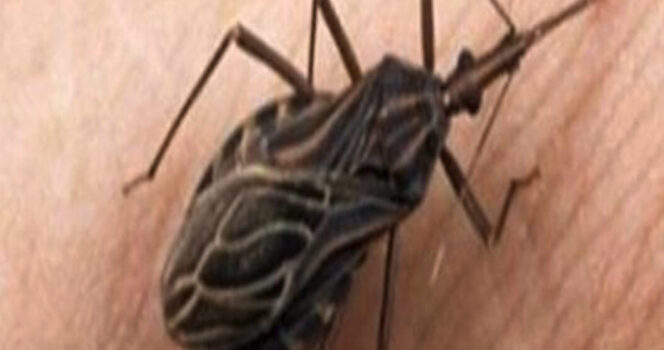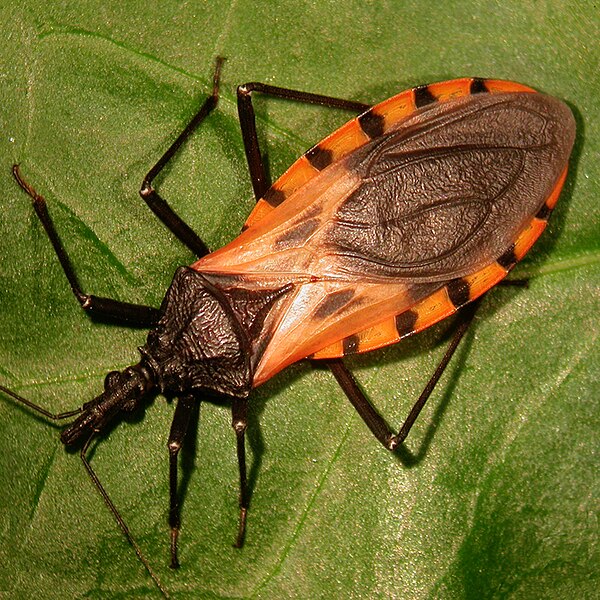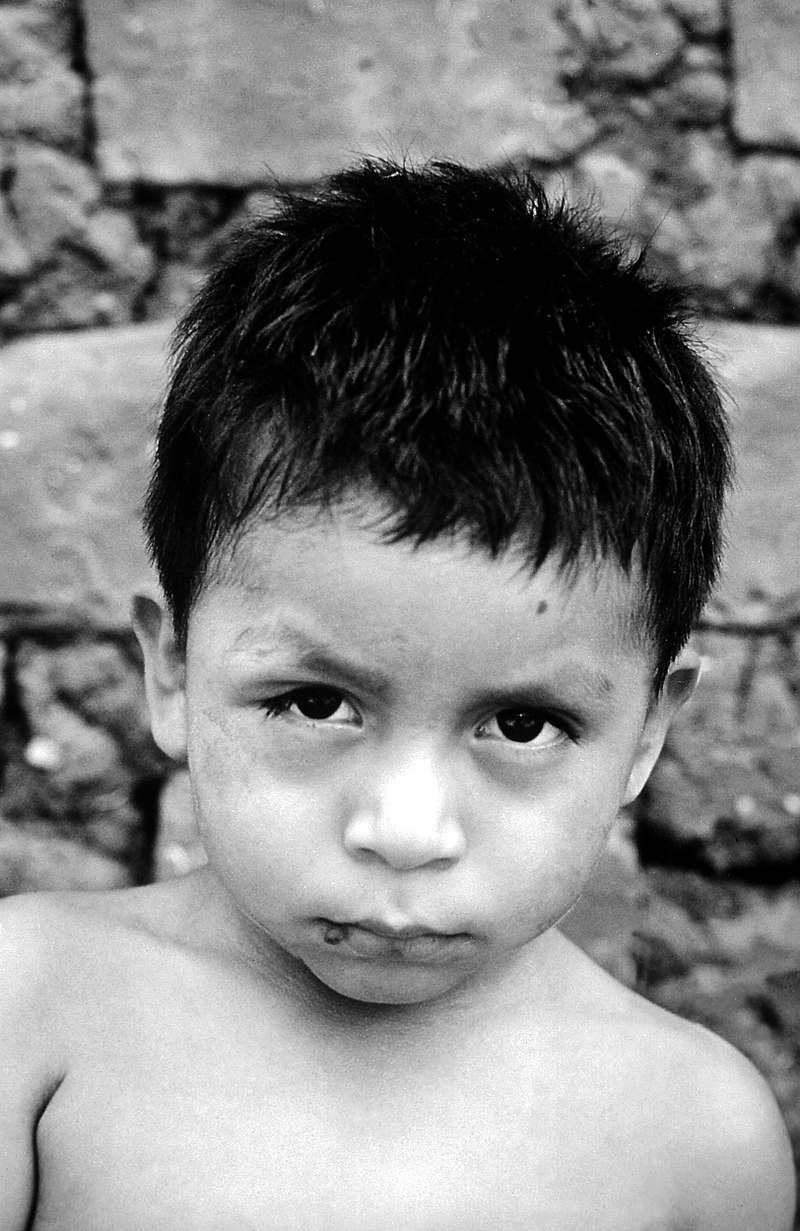Nighttime Predators: The Insects That Lurk in the Shadows and Strike Their Victims Silently

Emiliana Rodríguez recalls a childhood experience where a friend playing soccer at night suddenly dropped dead on the field, sparking fear in her about the unknown “monster” that emerges at night. This fear stemmed from Chagas, a silent disease transmitted by nighttime insects infecting millions annually, with thousands succumbing to it yearly.
Emiliana Rodríguez, now 42 and residing in Barcelona, couldn’t escape Chagas despite moving from Bolivia 27 years ago. The fear of Chagas haunted her nights, leading to sleepless nights and anxiety.
“The fear mainly emerged at night. Sometimes I couldn’t sleep,” she said. “I was afraid of falling asleep and not waking up.”
When pregnant with her first child, Rodríguez discovered she was a carrier of Chagas, causing immense worry about her baby’s well-being.

Undergoing treatment prevented the parasite from affecting her unborn child, and post-delivery, she tested negative.
Case in Mexico
Elvira Idalia Hernández Cuevas in Mexico was oblivious to Chagas until her 18-year-old was diagnosed with the disease.
During a blood donation in her hometown near Veracruz in Mexico, Idalia’s blood sample revealed Chagas, caused by the triatomine bug, often called the “Kissing bug” or “Vampire bug.”
“I had never heard of Chagas, so I started researching on the internet,” Hernández said in an interview with The Guardian. When I read that it was described as a silent killer I was terrified. I didn’t know what to do or where to go.”
Chagas disease, named after Brazilian doctor Carlos Ribeiro Justiniano Chagas who identified it in 1909, is prevalent in various regions across the globe.

Infection by a Kissing Bug
Kissing bugs, primarily active at night and residing in the walls of modest homes in rural areas, transmit the T. cruzi infection by biting and depositing feces on the victim’s skin. Accidental scratching or contact with the eyes or mouth can lead to infection.
…



